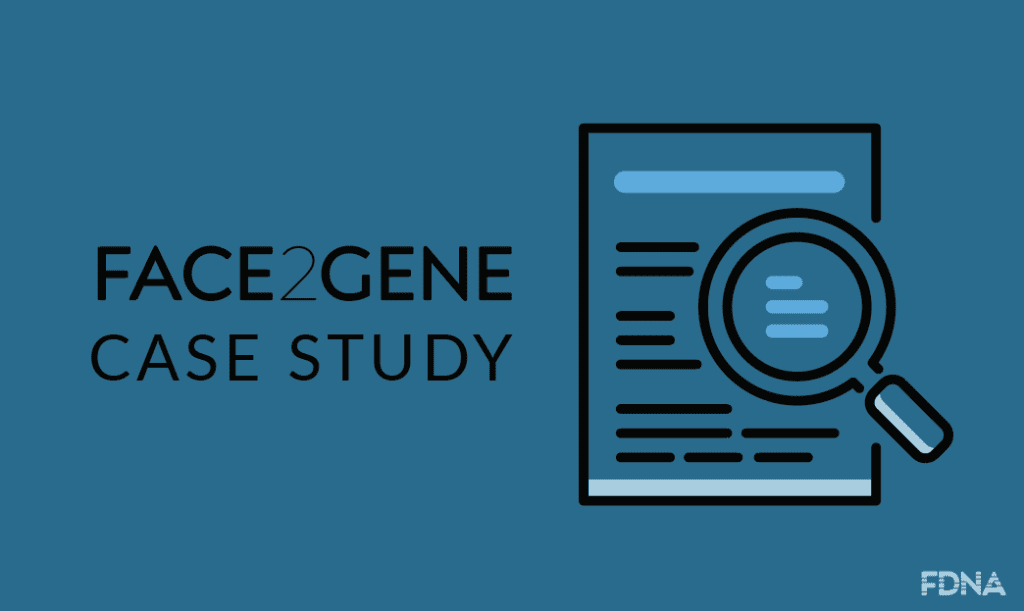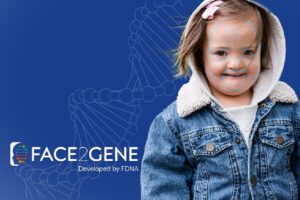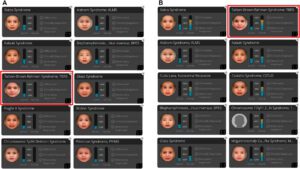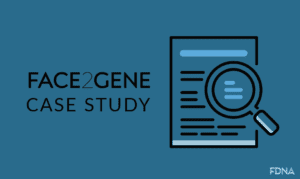In this case, Face2Gene helped Dr. Omar Abdul-Rahman get patients tested in a more rapid, targeted way, many times before a patient even walked through the door.
WHO
Dr. Omar Abdul-Rahman is the Director of Genetics at the Munroe-Meyer Institute.
BACKGROUND
For many years, the genetics team at the Munroe-Meyer Institute has provided genetic care for patients across Nebraska and surrounding states, sometimes traveling several hours to see patients in remote locations. Upon joining the team, Dr. Abdul-Rahman helped to adopt telehealth services, deploying telehealth cameras to sites around the state.
THE DILEMMA
However, even the best telehealth video isn’t the same as being face-to-face. Face2Gene has now become an essential component of the telehealth diagnostic process. “It’s making me start to think about other ways we can use [Face2Gene] to get to diagnoses faster, without even going through the formal clinic set-up,” said Dr. Abdul-Rahman, “A more rapid way to get patients tested in a more targeted way.” This allows Dr. Abdul-Rahman and his team to carefully evaluate the details of patients’ faces during the clinical visit, and many times even before the patient walks through the door.
THE SOLUTION
In the telehealth clinic in Scottsbluff, Nebraska, Dr. Abdul-Rahman uses Face2Gene to capture information from families and analyze the patient’s faces before they come to the clinic, as part of a novel patient intake process. Shortly after implementing this new process, Dr. Abdul-Rahman received the Face2Gene analysis for an incoming patient, which showed a very high similarity to chromosome 22q11.2 deletion syndrome. Seeing this, he decided to adjust his clinical evaluation to focus on the evaluation of this differential diagnosis. Using the very limited time available for the telehealth exam, he was able to look for specific clinical features and ask the parents targeted questions to help determine whether the patient may have 22q11.2 deletion syndrome. Sure enough, the clinical history was suggestive of this diagnosis, and although his ability to do a complete visual examination was limited by video quality, his confidence was increased due to the high ranking of this syndrome in Face2Gene.
THE RESULT
With this reassurance, he decided to pursue microarray testing to check for copy number variations, including a 22q11.2 deletion, but the patient’s insurance declined to cover the cost of this test. Instead, Dr. Abdul-Rahman ordered FISH testing, which was covered by the patient’s insurance, to look just for 22q11.2 deletion syndrome. The result came back confirming the diagnosis.
Dr. Abdul-Rahman concluded, “It helped us get a diagnosis without me ever laying a hand on this patient, who lives literally four or five hundred miles away, and the diagnosis was already suspected before they walked through the door because of that intake process.”



